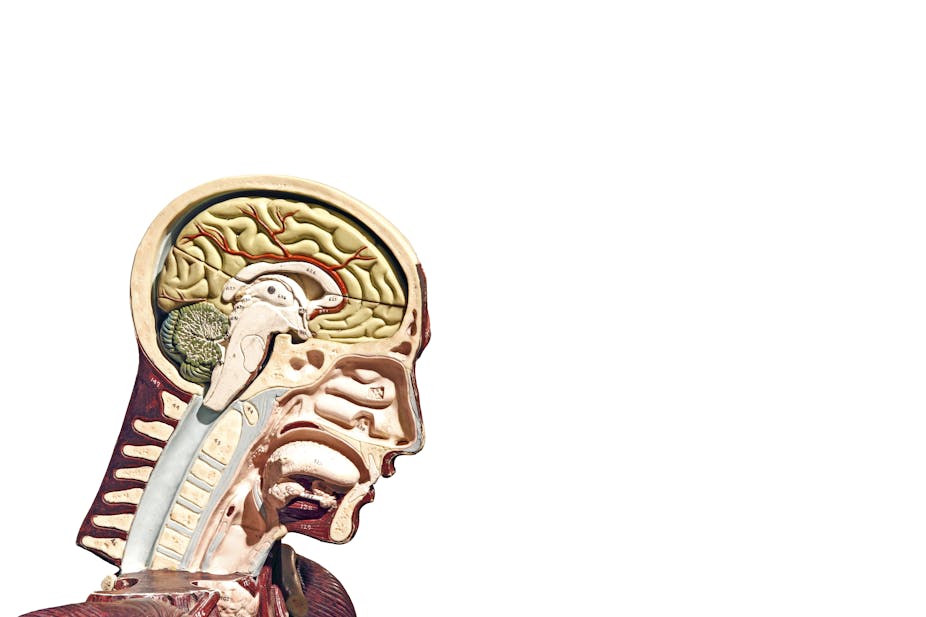At a recent talk I gave as a Sheffield NeuroGirl, a group of three female PhD students who aim to bring interesting and exciting research on the brain to the public, I carried out a little experiment. I asked everyone to get to their feet and then for everyone who either had, or knew someone with a mental illness to sit back down again. Amazingly, only two people were left standing.
This is by no means an unusual state of affairs. One in four people will experience some kind of mental health problem, including 10% of all children. Suicide is the second leading cause of death among 15 to 29-year-olds across the globe, with depression a major risk factor. And a breakdown in a healthy brain is indiscriminate in who it targets: rich, poor, all races and both sexes.
Yet negative attitudes from the stigma of mental health problems are still very prevalent, and the perception of those that seek help for mental ill health is that they are “crazy”, “weak”, “flawed” or “dangerous”.
A 2007 study found that anticipated negative attitudes – from peers, family members and even school staff – were crucial to whether they sought help for mental health problems. So why is there still so little education on the brain and how it works in schools? Lessons could teach children what our brains do and why they might go wrong. If mental health will likely touch us all at some point throughout our lives, can we not begin to understand it earlier?
If a child breaks their arm, everyone talks about it; from how it was broken, why it hurts, how it will mend, potential complications. No-one bats an eyelid about seeing a cast. However, if a child becomes depressed, there is usually no frank discussion about what might be wrong with their brain and why they could be feeling down. Although there are treatments available, there may be a big gap in explaining the processes happening in the brain.
Neuroscience, which investigates how the central nervous system and the brain functions in health and in disease, can inform education and reduce stigma. Those of us who study or work in neuroscience are aware of the many problems the brain can face throughout its lifetime.
We know for, example, that you can’t just “snap out” of deep depression, because many brain imaging studies have shown there are abnormalities in the way that the depressed brain works. A study by Andrew Leuchter and colleagues at UCLA used EEG to measure brain signals and found that the limbic region, an area involved in processing emotion, and cortical brain regions such as the dorsolateral prefrontal cortex, which is involved in the regulation of thinking and action, sent many more messages back and forth in participants suffering from major depressive disorder compared to those with healthy brains.
Neuroscience can also convey to a child the underlying issue beneath their problem. For example, the role of an area buried deep in the brain called the caudate putamen, which helps to control voluntary movement but is also believed to play a role in Obsessive Compulsive Disorder (OCD). In people with OCD, problems with the caudate putamen can mean an inability to stop worrying or stop having anxious thoughts.
Although environment and life circumstances play their part in depression, it is also a physical manifestation. And understanding this can help move a narrative from blaming the sufferer for being crazy, or weak, to acknowledging that part of the brain is no longer healthy. Just as you can become sick with a cold, your brain can also become sick. This is an important message that we could teach much more.
Ignorance about mental health can lead to bullying, prejudice, fear and heartache. It can lead to resistance in those suffering to seek the help and support for those around them, unnecessary fear and worry. For children especially, not understanding mental illness could potentially also lead to guilt that they have somehow caused it.
A simple programme of education in schools could help to bring about a real change in society. It could help to provide a long-term solution to the problem of ignorance about mental health and bring more discussion about mental illness into the open. While some of this work could be done by people going into schools, a better solution would be to add the brain itself into the national curriculum.

